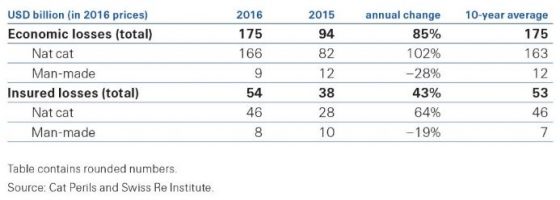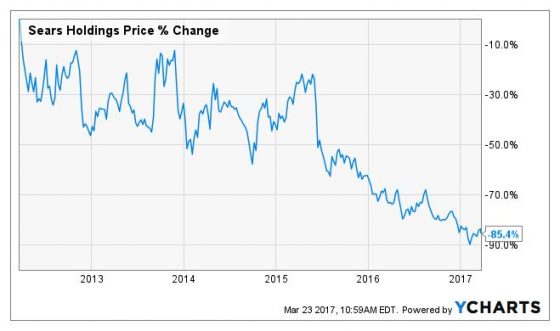One day after the U.K. set in motion its process for withdrawal from the European Union by triggering Article 50, Lloyd’s announced that it has chosen Brussels as the location for its European Union subsidiary.
A market of syndicates in London, Lloyd’s said its intention is to be ready to write business for the Jan. 1, 2019, renewal season. The move will enable the company to write risks from all 27 European Union countries and three European Economic Area states once the U.K. has left the EU. Because Britain remains a full member of the EU for at least two more years, there is no immediate impact on existing policies, renewals or new policies, including multi-year policies written during this period of time, according to the insurer.
risks from all 27 European Union countries and three European Economic Area states once the U.K. has left the EU. Because Britain remains a full member of the EU for at least two more years, there is no immediate impact on existing policies, renewals or new policies, including multi-year policies written during this period of time, according to the insurer.
In 2015, the EEA accounted for £2.93 billion ($3.66 billion) or 11% of its gross written premium, the organization said.
“It is important that we are able to provide the market and customers with an effective solution that means business can carry on without interruption when the U.K. leaves the EU,” Lloyd’s Chief Executive Inga Beale said in a statement. She added that Brussels met the critical elements of providing a robust regulatory framework in a central location.
“We are a market, we are unique, we are not like an insurance company – we needed to find a regulator with the resources and the bandwidth to regulate the Lloyd’s market,” Chairman John Nelson told Reuters.
Nelson said the Brussels subsidiary would employ dozens of staff in areas such as compliance and information technology, unlike banks that have said they may move hundreds of staff to the EU. The regulated company will also have its own board.
U.S. insurer AIG recently announced it was moving its headquarters from London to Luxembourg, and Lloyd’s insurer Hiscox is in the process of choosing between Luxembourg and Malta.
While the United Kingdom’s relationship with the European Union may have sometimes been a fractious one, the decision by 52% of its voters to leave the world’s biggest single market was an outcome that many experts and businesses did not expect, Neil Hodge wrote in the August 2016 Risk Management Magazine.
A month before the June 23 referendum, the 100 Group, which represents finance directors from the U.K.’s biggest companies, conducted a survey that found that not one of its members supported a British exit—or “Brexit”—from the EU. This view was echoed by Carolyn Fairbairn, director-general of the U.K.’s leading pro-business lobby group, the Confederation of British Industry (CBI). “The decision to leave the EU is not one that business would have chosen to take,” she said. “We know that the majority of our members wanted to stay in.”


